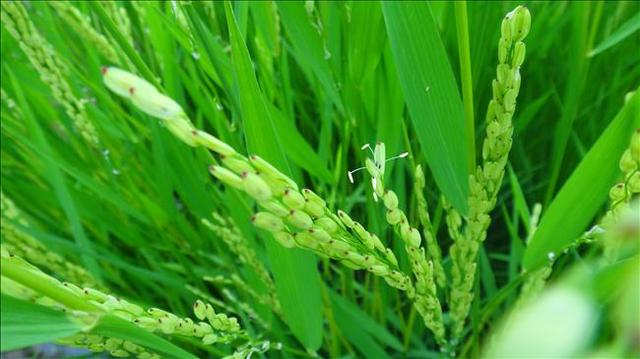Below-Ground Biodiversity Is Key to Success in Global Crop Production
Sustainability is fully visible throughout global crop production. Organic farming has become more than just a buzzword. Standards such as Good Agricultural Practices (GAPs) have been in practice in farming for years. Integrated Pests and Nutrients Management (IPNM) is also a well-accepted system for sustainable agriculture.
Why have so many ag professionals focused their work on sustainability practices like organic farming, GAPs, and IPNM? Simply, because they want to have minimum or no dependence on chemicals and want access to residue-free food commodities. In India, companies like Agriland Biotech Ltd. are focused on developing eco-friendly biological inputs used for crop protection and crop nutrition. Replacing hazardous chemicals with biological solutions and phasing out injudicious use of chemicals with safe and sustainable biological inputs and educating users’ on organic farming, GAPs, and IPNM are these companies’ core activities.
As part of the education process, it’s important to help farmers realize the importance and benefits of maintaining soil health and below-ground biodiversity. Without soil biodiversity, crops can’t exist. So let us understand below-ground biodiversity and let us stop jeopardizing crop farming.
Bacteria, fungi, actinomycetes, basidiomycetes, protozoa, scavengers, de-composers, nematodes, arthropods, and other living entities all have a common habitat that is mostly terrestrial and aquatic. All these entities have direct or indirect bearing with an environment, plant protection, and plant nutrition. Many of them are beneficial and few are harmful. It is a kind of ecosystem that works day and night.
Beneficial insects and microbes contribute their best in crop production. For instance, plant growth promoting rhizobacteria and fungi, entomopathogenic and antagonistic fungi and bacteria, scavenging insects and biomass degrading fungi and bacteria, are the major living forces for digesting, preparing, and making more than 22 nutrients available to the plants. There are plenty of others that protect crops from pests’ attacks. Parasites and predators keep insects under control.
Intensive agriculture has led to several drawbacks such as soil fertility and productivity losses, biodiversity losses, climate change, soil erosion, air and water pollution, and adverse soil health. In order to mitigate all these drawbacks and to establish sound agroecology, below-ground biodiversity is essential. Chemicals can be used at a minimum with biologicals, simultaneously with the usage of decomposed farm wastes, debris, and manures. Microbe-based biopesticides and biofertilizers are now available in many markets. To use the full potential of these biologicals, they should be applied while keeping the soil moist and maintaining enormous amount of organic carbon in the soil. Living organisms once established in the soils, work for a longer time even during adverse periods. Thus, soil health and below-ground biodiversity can lead to greater successes in crop production.






